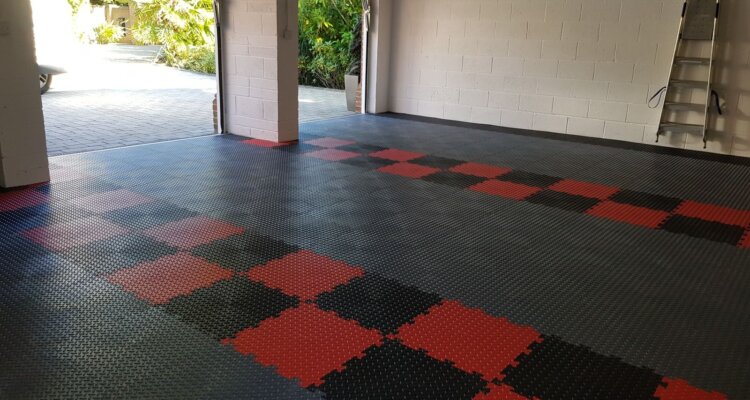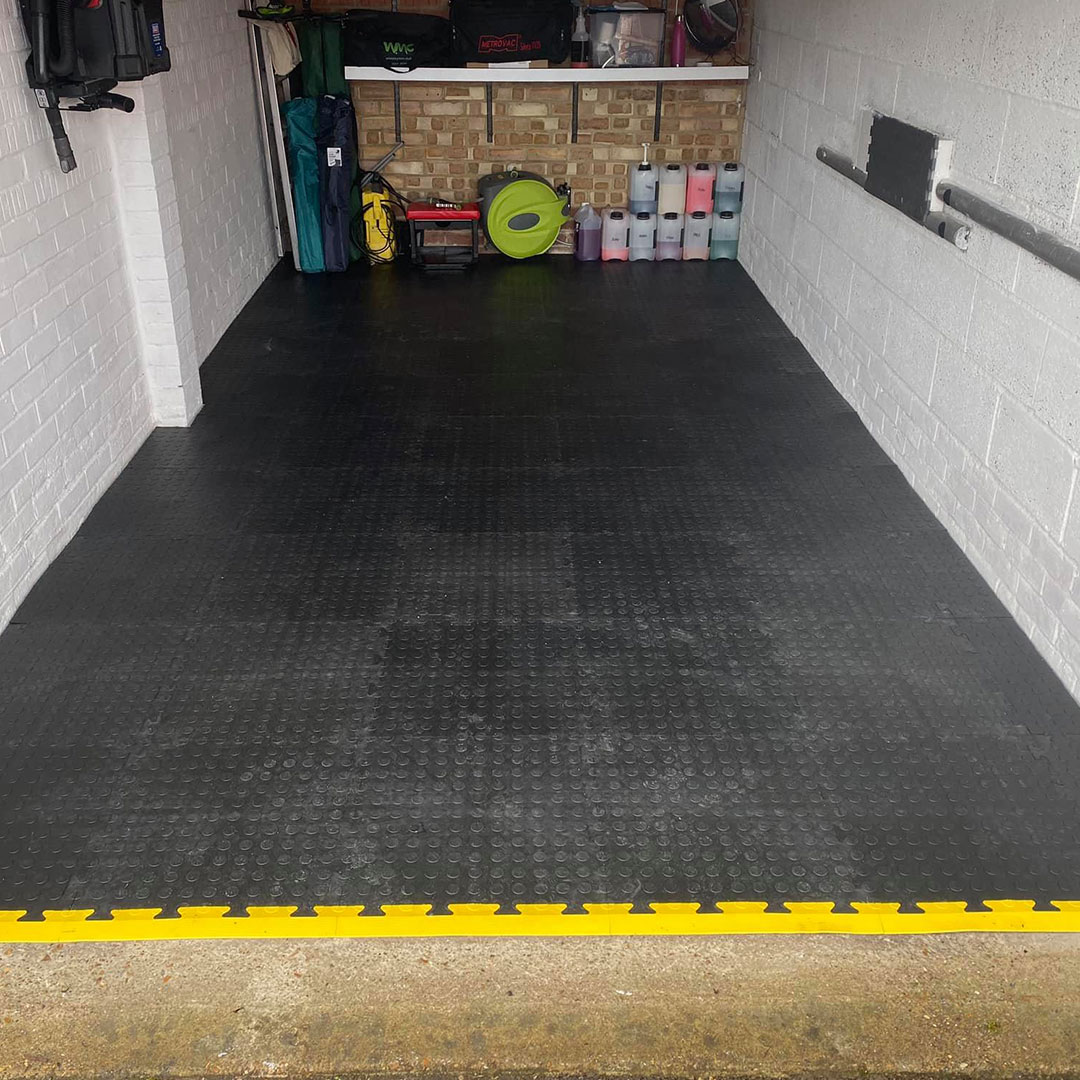A Comprehensive Guide to PVC Mats: Your Durable and Versatile Flooring Solution

Discover the features and benefits of Interlocking floor tiles
You’ve probably seen it in squares, sidewalks, bike paths, garages, and urban roads. The interlocking floor tiles, used in several cities and countries around the world, are increasingly common in engineering and architectural projects.
This is because it is extremely versatile and offers a number of advantages. Read on to discover the main ones.
What are interlocking floor tiles?
It is a floor composed of prefabricated blocks of different dimensions, colors, and textures. When arranged together (as if they were a puzzle), they form a uniform and firm paved surfaces, capable of receiving the traffic of people and vehicles.
Pieces can be rectangular, square, hexagonal, 16-sided, wavy, and racket style. Colors range from gray to red, clay, glue, graphite, green, and yellow.
The use of blocks does not require the use of cement or mortar grouts, as they are laid directly on a layer of sand. What keeps them in place is the principle of interlocking: part of the load from one part is transmitted to the neighboring part due to the lateral friction between them.
This friction is guaranteed by filling the spaces between the blocks with fine sand or stone dust.

Benefits of interlocking floor tiles
Now that you know what an interlocking floor tile is, check out the 4 positive points it has.
Ease of execution
The first advantage of this floor is that it is installed without the need for sophisticated equipment and highly skilled labor.
The execution can be done manually, just fitting block by block in the desired pattern. The equipment used in the process (pressure guillotines, for example) are simple and serve to cut the pieces that will be positioned at the ends of the floor.
In addition, as there is no pouring of concrete or cement grout, the curing and drying time is unnecessary and the traffic of people can be released as soon as the floor is finished.
Each of the concrete pieces must be industrially produced, following strict specifications. Thus, quality is guaranteed, resulting in a reliable pavement, with blocks that withstand high compression, do not wear out due to friction and resist the action of the weather.
One of the most recommended ways of fixing the blocks to obtain excellent durability is the so-called “fishbone”. When the blocks are arranged in this way, the contact time of the vehicle’s wheels with the joints is shorter, reducing the tendency of the parts to “slip”.
Efficient drainage
When there is a correct spacing between the pieces of the interlocked floor, rainwater can be drained into the groundwater.
By allowing this infiltration, the pavement is considered sustainable, as it avoids the waterproofing of the soil and prevents problems, such as water accumulation and flooding.
Other types of pieces that also facilitate drainage and are ecologically correct are hollow blocks used for planting grass.
Safer traffic
Considering that the surface of the interlocked floor is naturally non-slip, it offers greater safety to vehicles and people compared to other types of floors.
This means it can be used on stretches of streets and roads that are steep or winding curves, allowing drivers to have more control over their car.
In addition, the non-slip properties of this floor are very beneficial for the visually impaired and wheelchair users, mainly because it is possible to install pieces with reliefs that help these people to guide themselves through the environment.
Lighter colored blocks absorb less heat, providing cooler temperatures on the floor’s surface. The result is the reduction of heat islands in cities and greater comfort for people passing through the area.
By reflecting sunlight more intensely, this floor also generates savings in public lighting. This makes it an advantageous option for municipalities, which can invest in material to pave streets, avenues, and squares.
Simple and inexpensive maintenance
Due to the way it is installed, the interlocking floor also offers maintenance benefits. Blocks can be removed and reused without difficulty, with the help of simple tools. In cases where on-site reuse is not possible, parts can be recycled and used in the manufacture of new units.
When it is necessary to repair underground pipes, this floor is also favorable, as the blocks are removed without the need to break the entire surface. These characteristics translate into low-cost maintenance.
The interlocking floor tiles is indicated in several constructions, as it is resistant, sustainable and easy to install and maintain. Do you agree? Leave your comment!
This Post Has 0 Comments